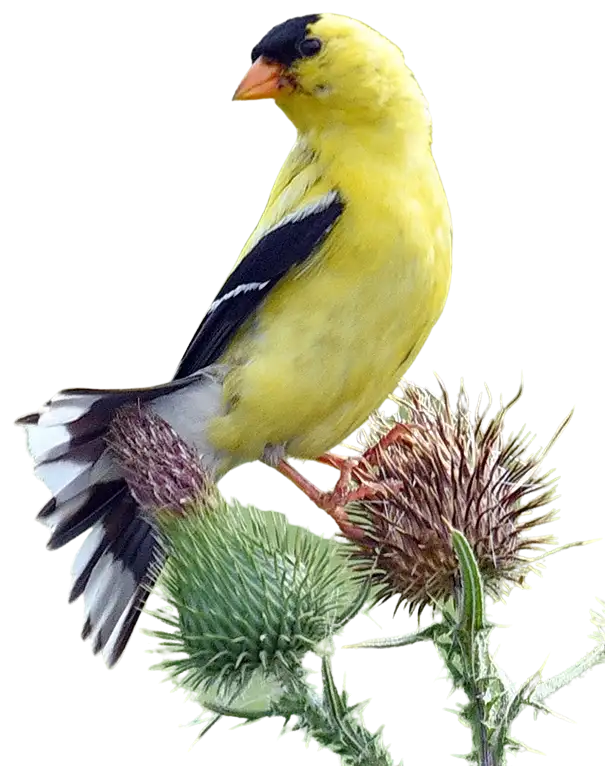A Simple Duck, A Vexing Trend
Jim Ochterski, May 2014
American black duck. How simple can you get? Nothing fancy, almost dull. It is even sexually monomorphic—no brightly-colored male to use as a poster child for conservation or to draw in new birders with exciting plumage.
The simplicity of the American black duck belies its very complicated and troublesome population trend: declining fast and we do not know why. There are so many possibilities, it seems like American black ducks may be doomed.
Consider these facts from the US Fish and Wildlife Service, drawn and excerpted from the 2011 Conservation Action Plan for the American Black Duck, First Edition:
• Historically the black duck was the most abundant dabbling duck species in eastern North America.
• The black duck population experienced a severe decline of more than 50% between the 1950s and 1990s.
• Researchers and managers proposed several hypotheses to explain the historic decline of black ducks. The two most consequential are habitat-related: 1) Loss and degradation of breeding habitat in boreal forests due to mass-scale human extractive and energy projects, including hydro-electric power dam flooding, mineral and oil/gas mining, timber, and agricultural activities. 2) Loss and degradation of wintering grounds, particularly coastal salt marsh due to urban expansion, pollution, human recreational activities, and sea-level rise related to climate change.
• Simultaneous to the decline of the black duck during the latter half of the 20th century was an expansion of Mallard ducks into eastern North America. The expansion of the mallard’s range and increased abundance is believed to be due to human alteration of the landscape (i.e., agricultural development, forest fragmentation, and urbanization) throughout black duck range and the release of pen-reared mallards. The two species are very similar genetically and ecologically thus setting the stage for competition. Further, field and laboratory studies provide circumstantial evidence of competition. Yet, it is still unclear if the increase in mallards is the ultimate or proximate cause of the black duck decline or simply a concurrent event.
• At the same time, the temperate-breeding populations of Canada and Snow geese have increased throughout black duck winter range. The rapid growth of geese has been fueled by milder conditions on their breeding and wintering grounds and increased food availability (particularly corn) on wintering grounds. The increased abundance of geese may be contributing to the degradation of black duck feeding areas along the Atlantic coast, particularly in the Chesapeake Bay region. Geese, especially snow geese, feed in large flocks and typically feed on roots and rhizomes of important black duck food items.
• Hunting of black ducks is restricted by international agreement. There is little evidence to suggest that they are being overhunted.
Right now, the American black duck is listed as a “least concern” by the International Union for Conservation of Nature (ICUN). Looking at the facts above, it seems like 21st Century eco-minded humans have permanently stacked the deck against this once-abundant species. When you see them, enjoy them. Future generations will wonder how and why we let them go so fast.
Written by Jim Ochterski, RBA Conservation Committee, May 2014



